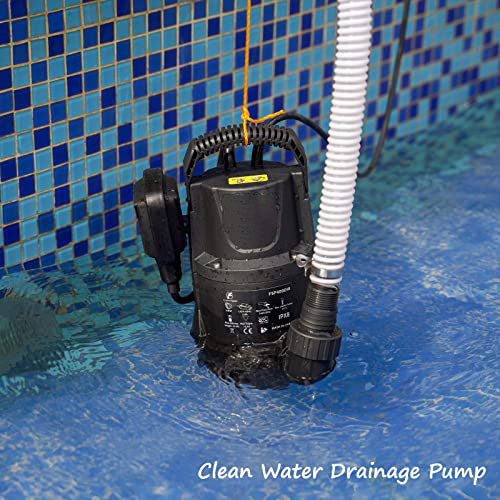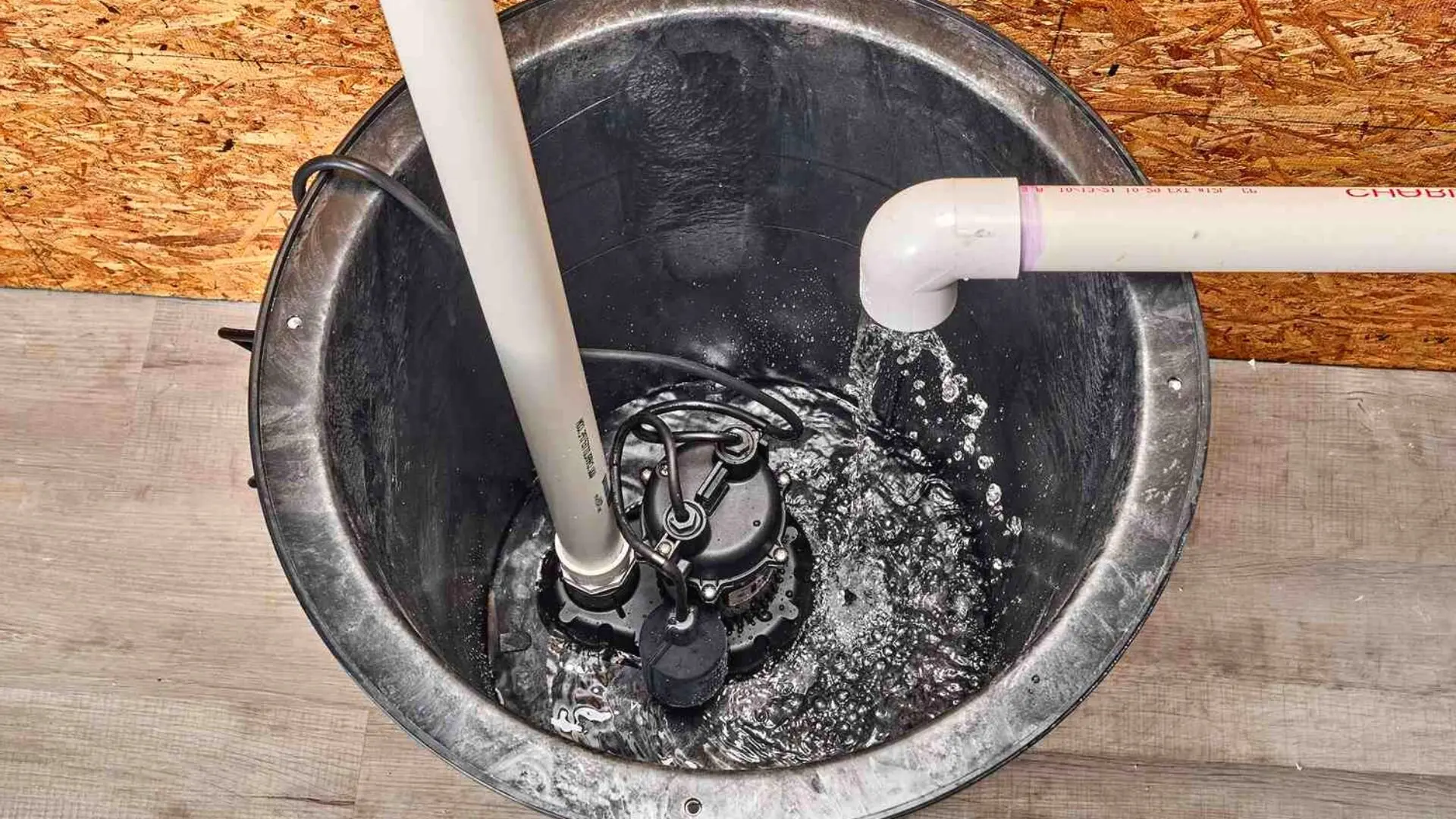Proven Solutions for Taking Care of a Sump Pump
Proven Solutions for Taking Care of a Sump Pump
Blog Article
Each person will have his or her own idea involving Keep Your Sump Pump Clean, It'll Keep You Dry.

Sump pumps are critical elements in numerous homes, particularly in locations vulnerable to flooding or extreme wetness. They assist avoid water damages by successfully eliminating excess water from cellars or crawl spaces. However, like any other home appliance, sump pumps require routine upkeep to ensure they operate successfully when required one of the most. Cleansing your sump pump is an essential part of its upkeep, and recognizing just how to do it properly can save you from expensive repair services and possible catastrophes.
Introduction
Preserving a tidy sump pump is important for its correct functioning and long life. Disregarding this crucial job can cause clogs, malfunctions, and inevitably, water damage to your residential property. For that reason, finding out just how to clean a sump pump is critical for homeowners that depend on these gadgets to maintain their basements dry and safeguarded.
Indicators of a Dirty Sump Pump
Knowing when your sump pump needs cleaning is essential for avoiding potential malfunctions. Some typical indicators that suggest a filthy sump pump consist of strange noises throughout procedure, decreased water circulation, and visible debris in the pit. If you see any of these signs, it's vital to clean your sump pump immediately to avoid any further concerns.
Getting ready for Cleaning
Prior to you start cleansing your sump pump, it's essential to take some safety precautions. Beginning by shutting off the power to the pump to stay clear of any kind of electric accidents. Furthermore, wear suitable safety equipment, such as handwear covers and goggles, to safeguard on your own from dirt, debris, and potential pathogens.
Recognizing the Sump Pump
Prior to diving right into the cleansing procedure, it's important to have a basic understanding of just how a sump pump functions. Commonly set up in a pit or container listed below the basement flooring, a sump pump includes a number of vital elements, consisting of a pump, a float switch, and a discharge pipeline. When water gathers in the pit, the float button turns on the pump, which after that pumps the water out via the discharge pipe, away from the structure's structure.
Detailed Overview to Cleaning Up a Sump Pump
Shutting down the Power
Begin by disconnecting the power supply to the sump pump to avoid any kind of mishaps while cleansing.
Looking For Proper Functioning
Before reinstalling the pump, perform a fast test to ensure that the float switch activates the pump correctly. Pour some water right into the sump pit and observe the pump's operation. If whatever is functioning correctly, you can reconstruct the pump and reconnect the power supply.
Removing Particles and Dust
Use a container or a scoop to get rid of any type of visible debris, dirt, or debris from the sump pit. Dispose of the particles appropriately to avoid it from obstructing the pump or the discharge pipe.
Cleaning the Pump and Drift Switch Over
When the pit is free from particles, carefully remove the pump from the pit. Inspect the pump and the float switch for any kind of indicators of damages or wear. Utilize a soft brush or cloth to cleanse the surfaces and eliminate any kind of collected gunk.
Flushing the System
After cleaning the pump and float button, flush the sump pit with clean water to remove any type of staying dust or debris. This will assist guarantee that the pump runs efficiently and efficiently.
Upkeep Tips to Keep Your Sump Pump Clean
In addition to regular cleansing, there are several maintenance tips you can comply with to maintain your sump pump in optimum problem:
Final thought
Cleansing your sump pump is an essential element of its upkeep and makes certain that it operates efficiently when you need it one of the most. By complying with the steps outlined in this overview and including regular maintenance right into your routine, you can extend the life-span of your sump pump and shield your home from water damage.
6 STEPS ON HOW TO CLEAN A SUMP PUMP PROPERLY
UNDERSTANDING SUMP PUMPS
Your sump pump plays a crucial role in protecting your home by managing and removing excess water. It primarily functions as a “shield”, guarding your basement against the damaging effects of water accumulation. The pump is housed in a sump pit in the lowest part of your basement, and its job is to pump out any water that collects there.
During heavy rainfalls or when snow melts rapidly, water can infiltrate your basement, posing potential risks like flooding, structural damage, and harmful mold growth. Here, the sump pump springs into action, pumping out the intruding water and directing it away from your home.
SAFETY FIRST
Before cleaning, remember to prioritize safety. Disconnect the sump pump from the power source to prevent any accidental electric shocks. Also, wear sturdy gloves to protect your hands from any sharp or dirty components within the pump.
REMOVE THE SUMP PUMP
After ensuring your safety, the next step is to remove the sump pump from its pit. Doing this might require careful maneuvering as you don’t want to damage any pump components. Once removed, clean the sump pit to remove any accumulated debris or sludge.
INSPECT THE PUMP
Inspect the pump for any visible signs of wear or damage. Check the power cord, float switch, and impeller housing. If any components look worn out or damaged, consider replacing them to ensure optimal performance.
CLEAN THE PUMP
Thoroughly clean the pump with warm, soapy water. Make sure to rid it of any dirt, gravel, or other debris that might impede its performance. You can use a toothbrush to clean the small, hard-to-reach parts of the pump.
REINSTALL THE SUMP PUMP
Reinstall the pump into the sump pit Make sure it’s positioned correctly to remove the water effectively Once it’s back in place, reconnect it to the power source TEST THE PUMP
Finally, pour some water into the pit to ensure the pump works correctly. It should start automatically and begin pumping out the water; if it doesn’t, check the power source and the positioning of the pump.
Remember, while cleaning your sump pump is an essential part of home maintenance, hiring a professional plumber for a thorough inspection and cleaning at least once a year is also important. This will ensure that your pump is in optimal condition, ready to protect your home from potential water damage.
BEST PRACTICES FOR CLEANING SUMP PUMP DISCHARGE PIPES
Regular Inspection: Regularly inspect your discharge pipes, especially during heavy rainfall or snowmelt periods. Look for any signs of blockage or damage. Early detection of problems can prevent serious issues down the line. Periodic Cleaning: Over time, sediment and debris can accumulate in the discharge pipes, impeding the flow of water. Regular cleaning helps keep the pipes clear and functioning efficiently. You can use a high-pressure water jet to effectively clean the pipes. Insulation During Winter: In colder climates, discharge pipes can freeze, blocking the outflow of water. Protect your discharge pipes from freezing temperatures by insulating them with foam pipe insulation. This will ensure the sump pump can continue to discharge water even in freezing conditions. Proper Positioning: The discharge pipe should be positioned to direct water away from your home’s foundation. Improper positioning can lead to water seeping back into the basement. Ensure the pipe is long enough and angled correctly. Installation of a Check Valve: A check valve prevents water from flowing back into your sump pit after the pump has pushed it out. Installing a check valve helps maintain the efficiency of your sump pump and reduces the risk of flooding. Minimize Pipe Turns: Every curve or turn in the discharge pipe can decrease the efficiency of water flow. By minimizing turns and bends in your discharge pipe, you can increase the efficiency of your sump pump. https://www.fullspeedplumbing.com/how-to-clean-a-sump-pump-properly9999/

Hopefully you enjoyed our excerpt on How To Effectively Clean A Sump Pump. Many thanks for spending some time to browse our short article. Enjoyed reading our piece of writing? Please quickly share it. Help another person locate it. I praise you for being here. Please pay a visit to our website back soon.
Schedule Estimate Report this page